|
Map of Monitoring Sites
2020 Results SummaryOn June 4 the Regional District of Nanaimo (RDN) Drinking Water & Watershed Protection Program (DWWP) released the 2020 report summarizing data collected by Streamkeepers groups through their Community Watershed Monitoring Program. This was the Walley Creek Streamkeeper's fifth year participating in this program! We use the data to better understand anthropogenic affects on the water quality, and to guide restoration efforts. We look at the results to see where the water quality readings are exceeding standard guidelines for temperature, dissolved oxygen, specific conductance, and turbidity. Temperature Walley Creek had the potential to exceed the aquatic life guideline (17 degrees Celsius) in the summer of 2019 and 2020. This parameter is influenced by air temperature, upstream influence and physical stream attributes, however, it was noted that summer 2020 was wetter and cooler than previous years (see pg. 24 of the report). The report suggested restoration efforts to mediate the effects of high temperature include: groundwater conservation and riparian enhancement and restoration. Dissolved Oxygen (DO) The guidelines state that the average dissolved oxygen should be above 8 mg/L, and should not drop below 5 mg/L (instantaneous minimum). Dissolved oxygen is influenced by several factors, but low DO is commensurate with high temperatures. Walley Creek was below the average in the 2020 summer monitoring period, and at Morningside Park dropped below the instantaneous minimum for the first time since we began monitoring (pg. 33). *Check 2016 and 2017 reports to make sure this is true; the report states that it was above 5 mg/L in 2018, and 2019. This was most likely due to low flow. Specific Conductivity (SpC) Walley Creek is typically well above the guideline of 80 microsiemens(uS)/mL of SpC, the measure of dissolved ions in the water. We believe this to be due to significant groundwater influence, as well as road runoff from the many storm drains that feed Walley Creek from adjacent residential areas. The report states that Walley Creek was above 130 uS/cm on all 10 sampling dates (pg. 49). I don't see our data values on the graph, so I'll inquire whether there was a big difference between our summer and fall readings. We are curious whether mitigating/absorbing road runoff would bring the SpC down, and if this would be a worthwhile activity to improve the overall water quality of Walley Creek. Turbidity Measurement of suspended particles in the water exceeded parameters three times in the summer (pg. 57) and twice in the fall (pg. 58). The fall turbidity readings correlate with significant rain events October 13 (67.3 mm) and November 3 (46.2 mm). The report states that increased turbidity can increase temperature (pg. 51), and thereby lower dissolved oxygen. High summer turbidity can be a result of contaminants, storm water, and erosion. All of these are potentially true in Walley Creek. 2011 - 2020 Data Analysis ReportTEMPERATURE DISSOLVED OXYGEN CONDUCTIVITY RECOMMENDATIONS:  Broader Recommendations, pages 28 - 30 of Community Watershed Monitoring Network Data Analysis (2011 - 2020) prepared by Ecoscape Environmental Consultants Ltd. 2021
Several of these recommendations were provided by Plewes et al. (2018) (2011 - 2017 CWMN trend report), but are included again, as they remain relevant and are important to properly document water quality conditions and to ensure watershed health.
Since this watershed has very gradual elevation change, there are several important wetlands associated with Walley Creek. In the past this land was considered poor for development, or at least costly to develop. With increased development pressure in Nanaimo, and the north end in particular, we are worried that the integrity of the wetlands could be compromised. They are important buffers during significant rain storms, and provide slow release of ground water over dry summer months. In addition, their ecological value as habitat for plants and animals, plus the benefit to human health of green space and fresh air is beyond measure. Our group came together partly over a development on Hammond Bay Road north of Entwhistle Drive that was allowed to encroach on the wetland at the headwaters of Walley Creek, where the picture above was taken in June 2016. The Nanaimo & Area Land Trust hosted Wetlandkeepers training on June 13, 2021 and part of the workshop was held in the marsh behind Piper's Pub in the Walley Creek watershed. The reason the water is so high right now is the activity of a busy beaver damming the flow! We were concerned to notice flagging tape in this area noting the high water mark, and have since seen the property put up for sale. The blue polygons on the map below represent wetlands in the Walley Creek watershed. The City of Nanaimo outlines its watercourse protection measures here. Again this year we deferred our annual invasive removal with Ecole Hammond Bay students, since the public health regulations aren't changing to allow large outdoor gatherings until after June 15. For now, we're working with our small group of volunteers to remove invasive plants in the riparian area between the gravel path and Walley Creek adjacent to Ecole Hammond Bay. Last year we almost eradicated the thistle that had completely overtaken the area. That allowed other invasive plants to thrive, so this year we are tackling Himalayan blackberry, Daphne (Spurge-laurel), English Ivy, and Bur Chervil. (To identify invasive plants in your area check out the Invasive Species Council of BC website.). These plants are competing with native baby Fir, Cedar, Arbutus and Maple trees, and Salal, Oregon grape and Ocean Spray shrubs for space, light and nutrients. Our hope is that this concerted effort will eventually allow the native plants to become established, creating a more biodiverse and healthy riparian ecosystem.
|
Categories
All
Archives
March 2024
|
||||||||||


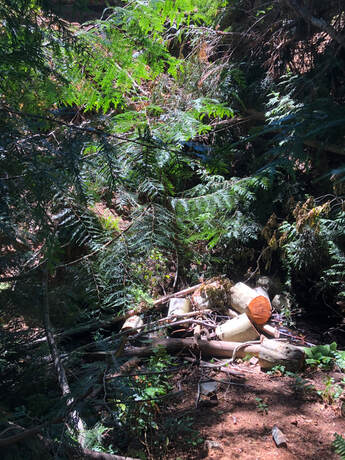
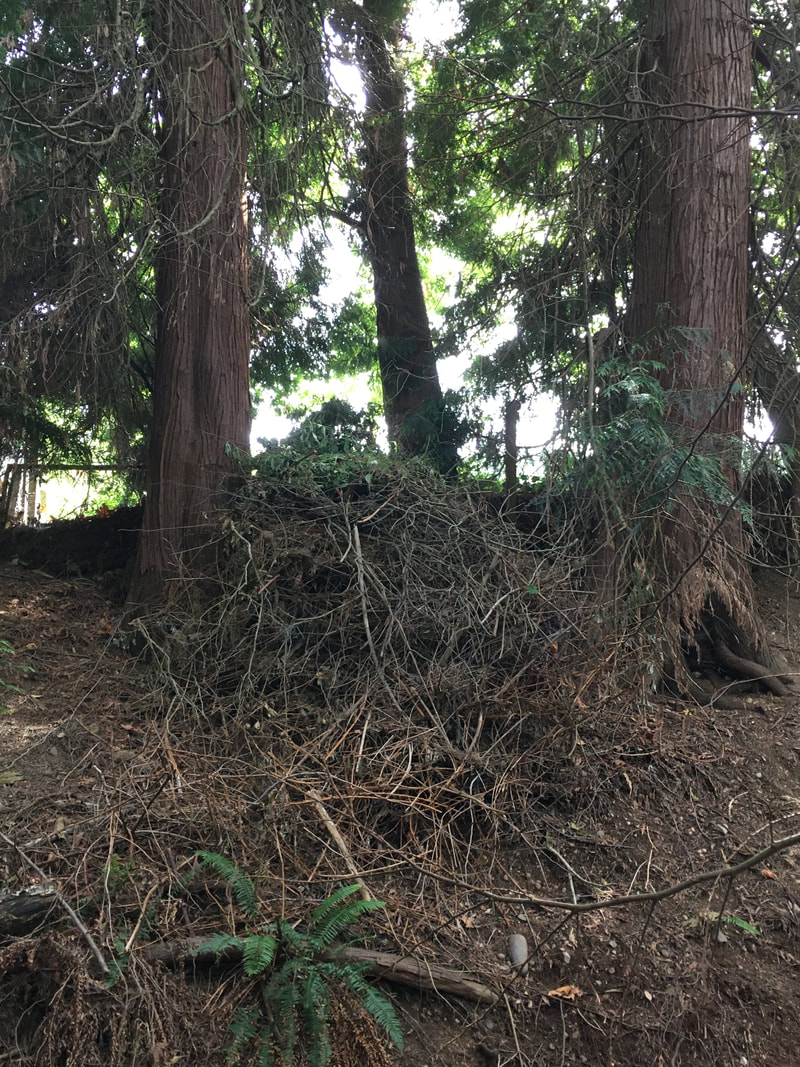

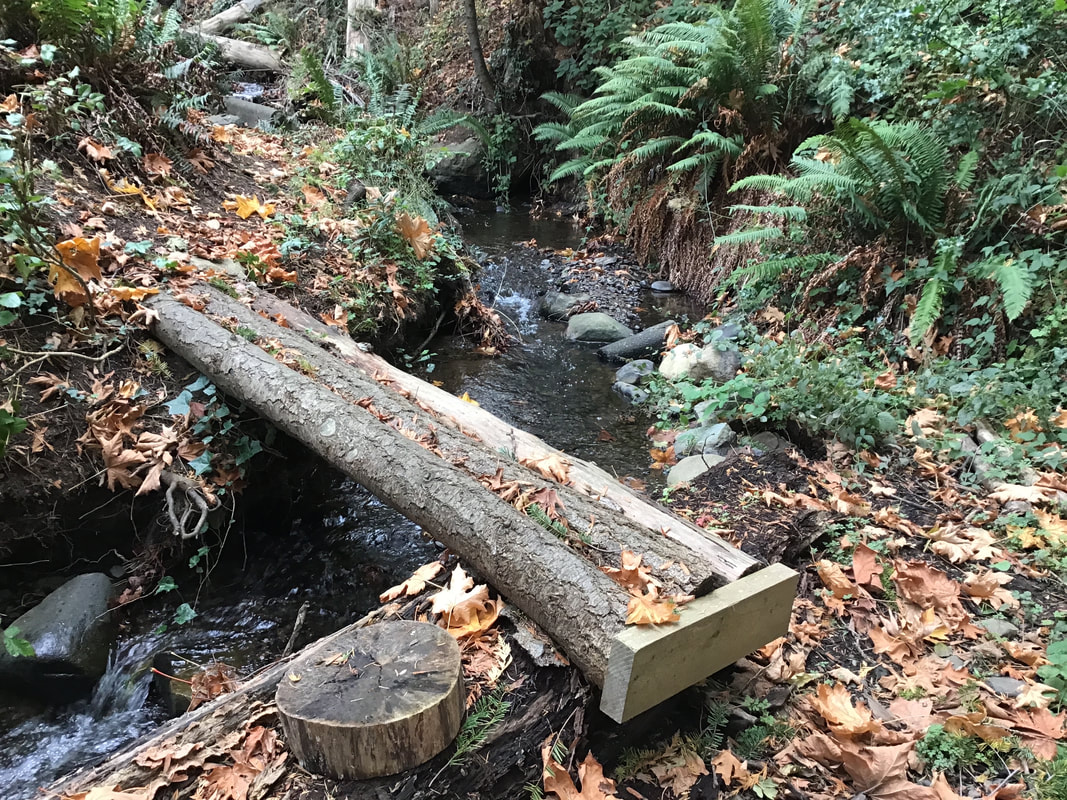



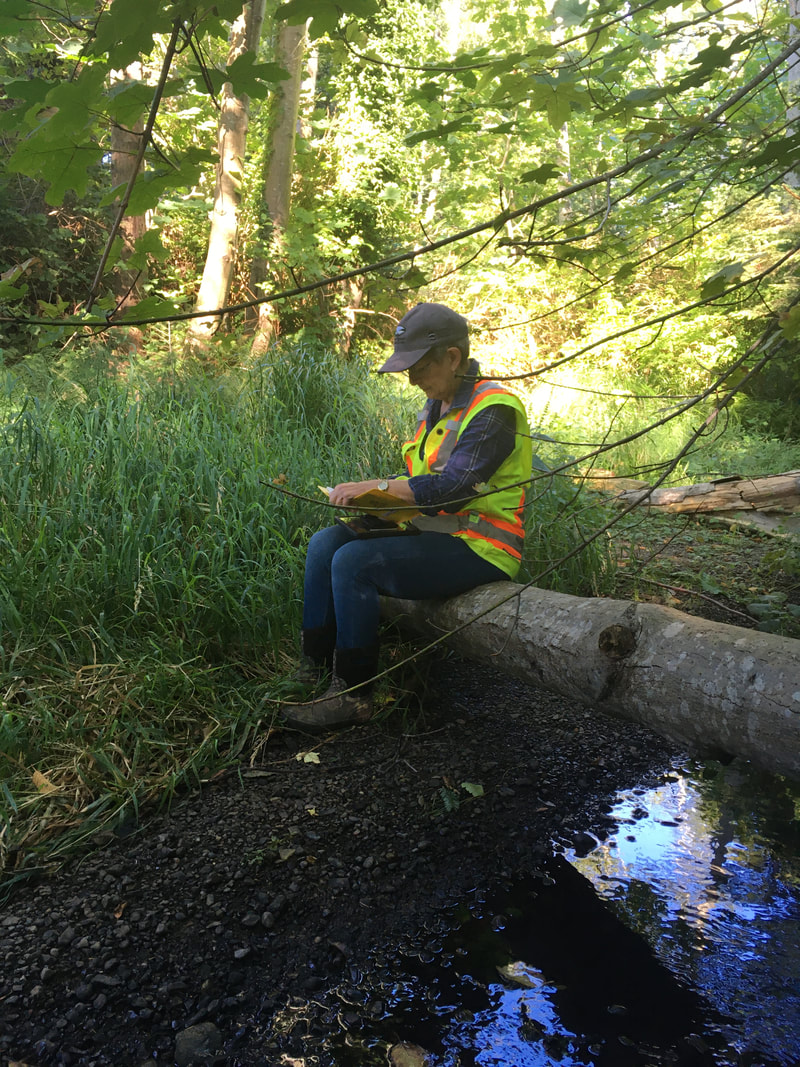
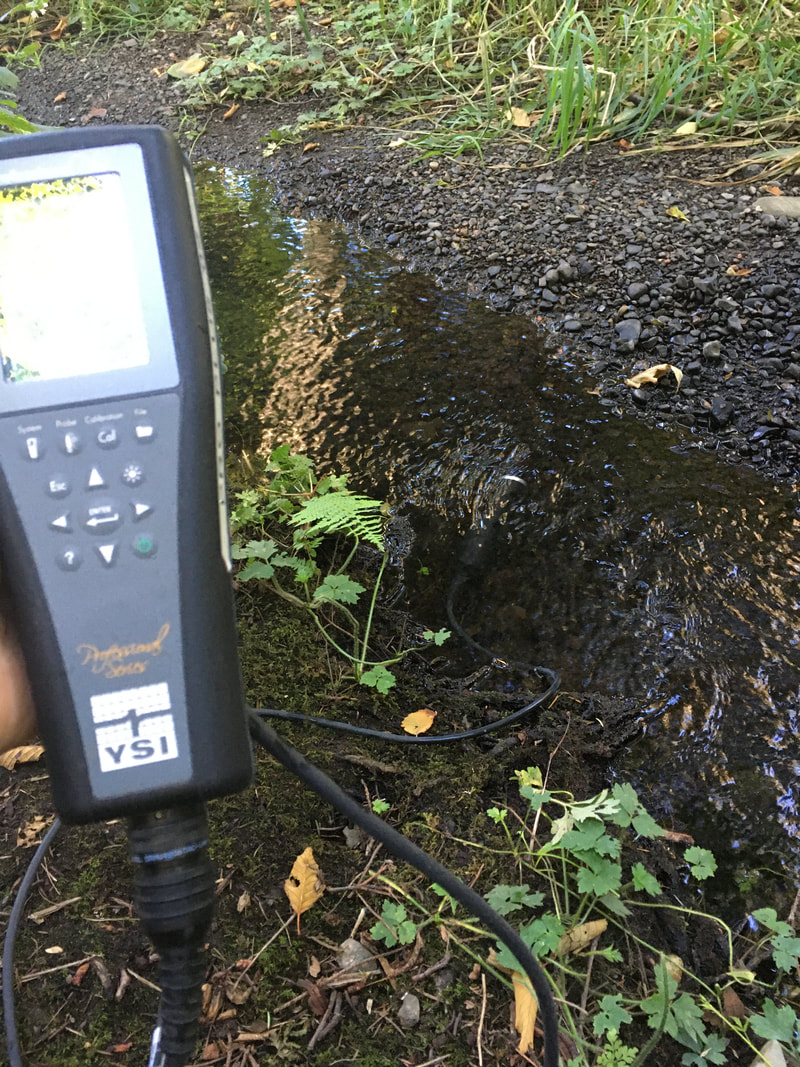

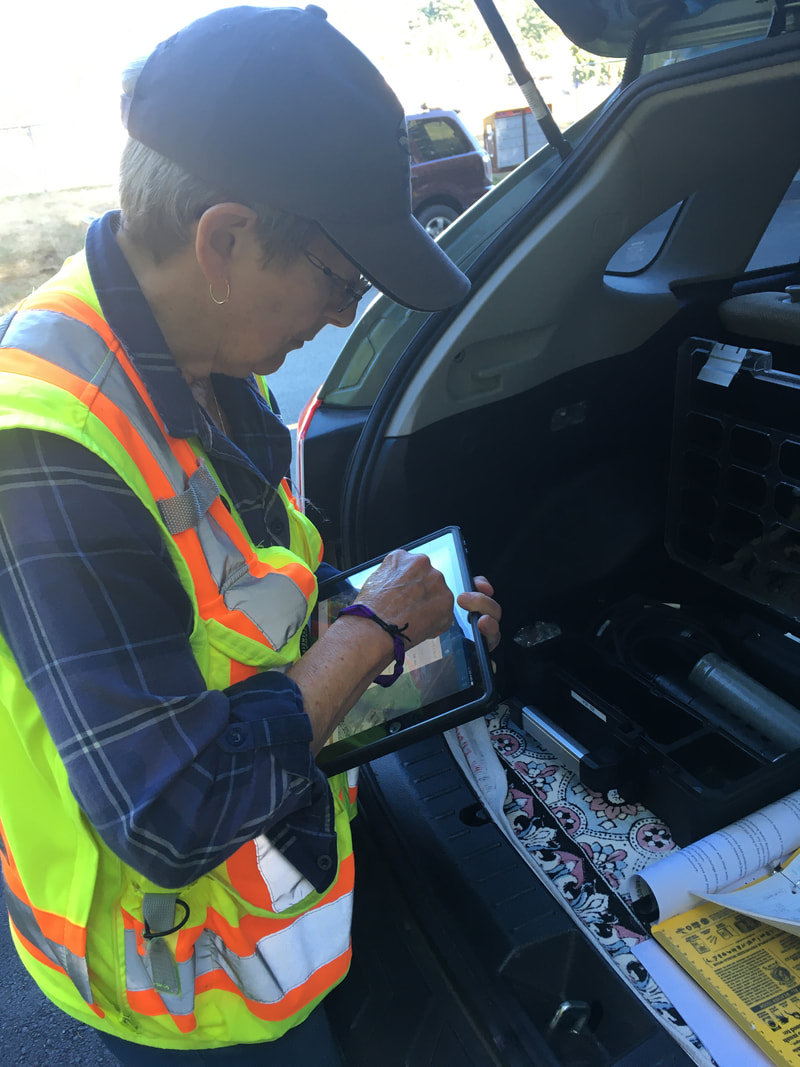
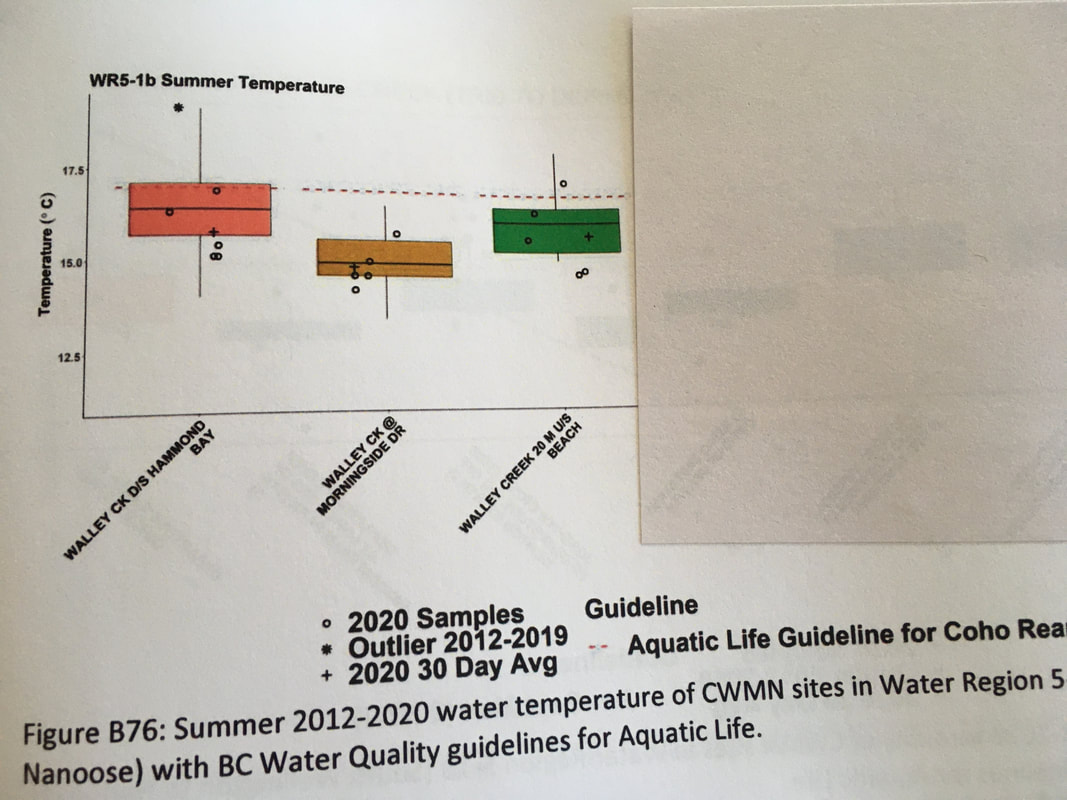
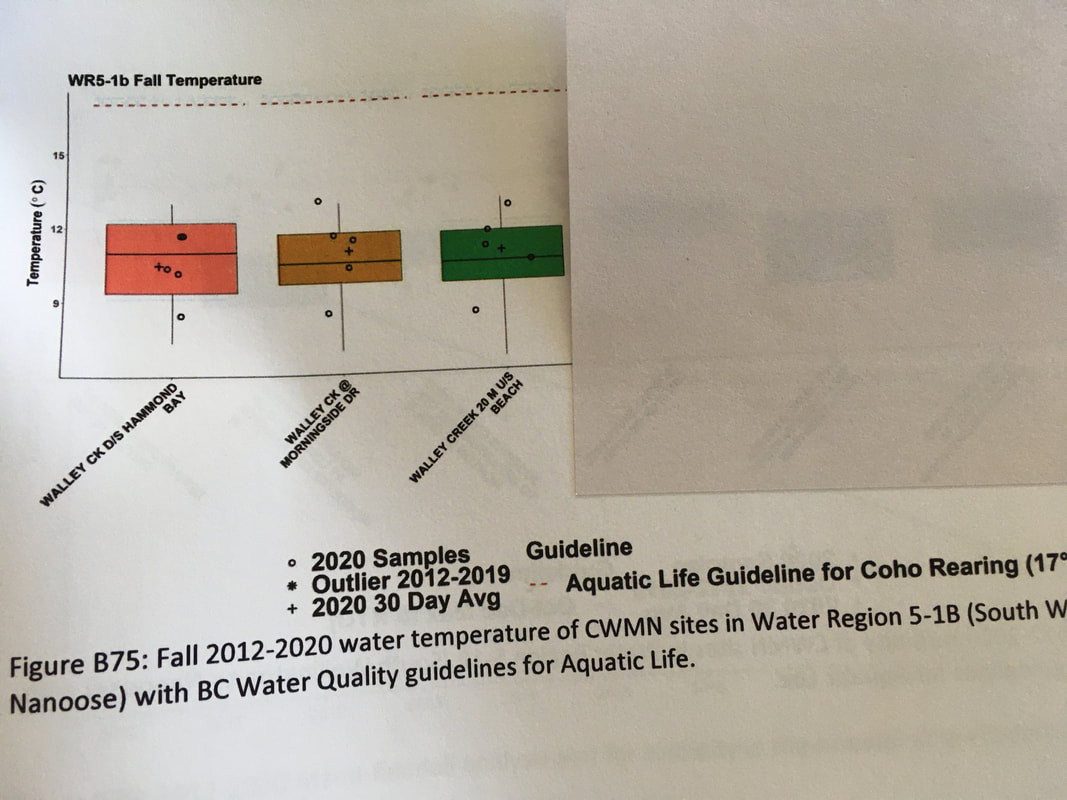
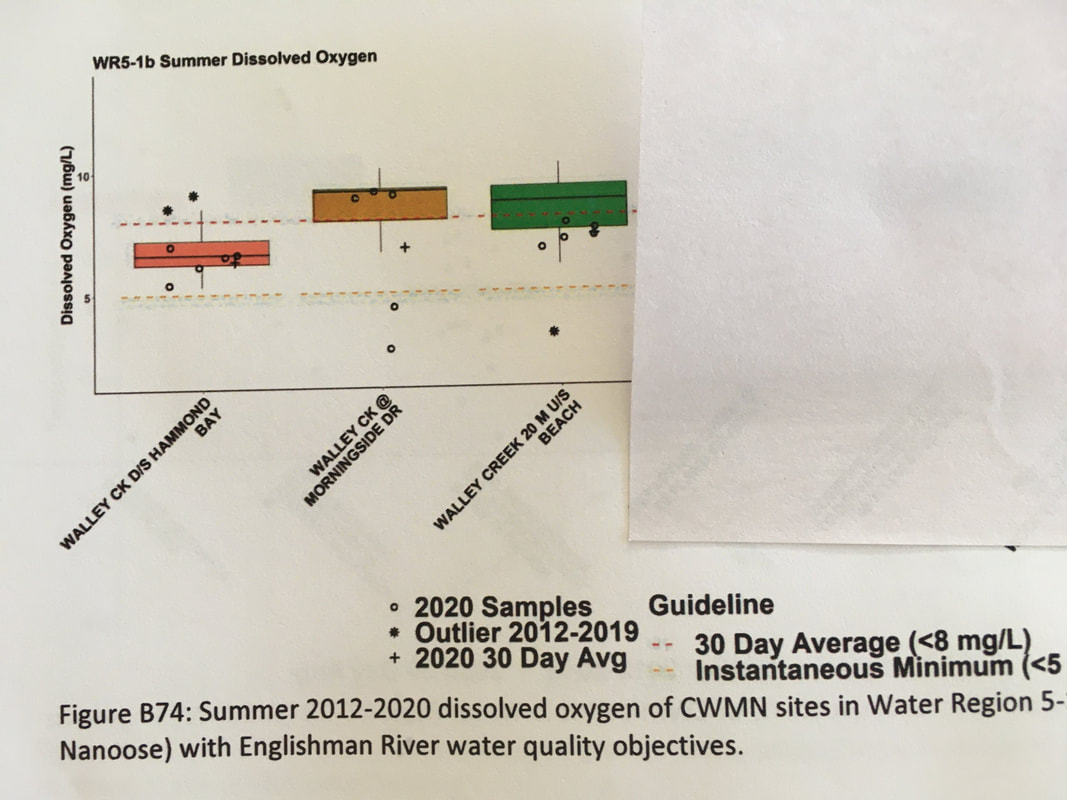



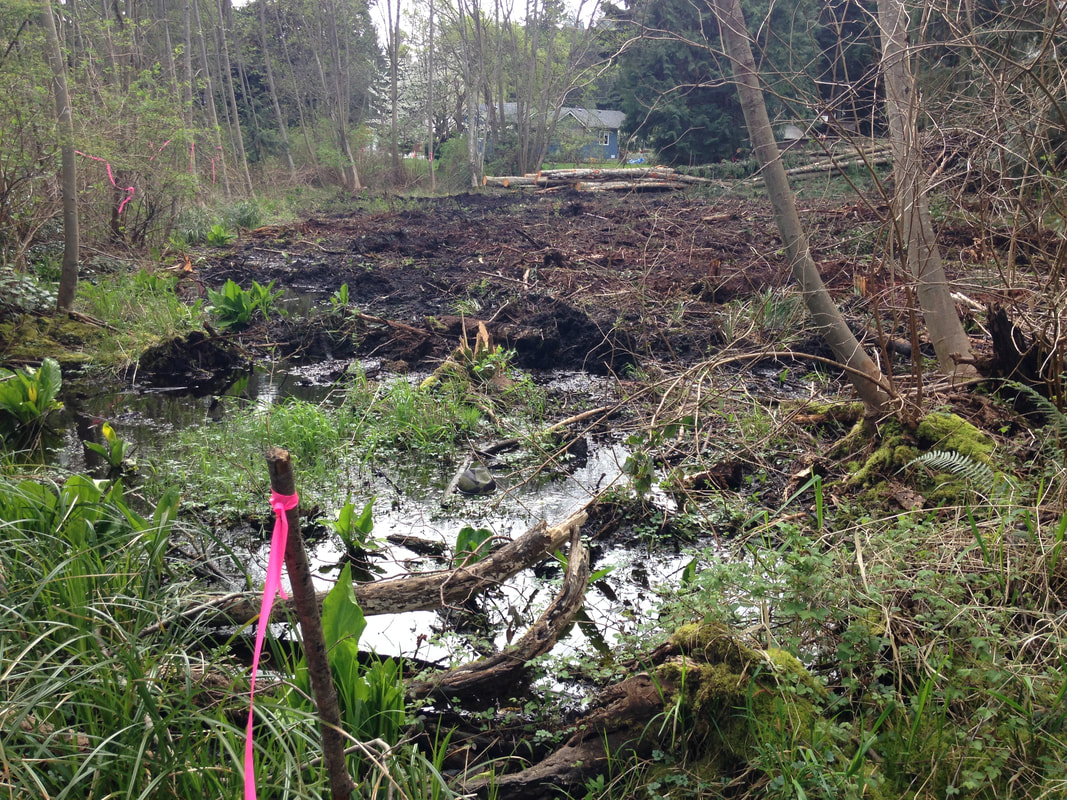
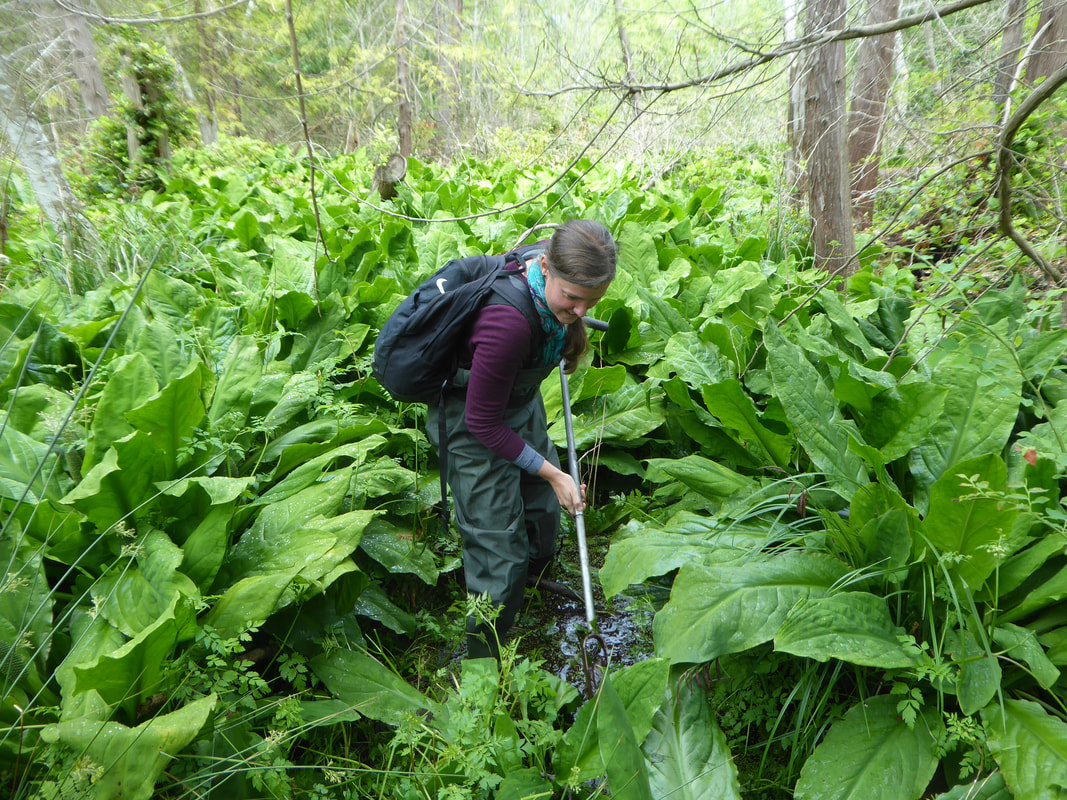
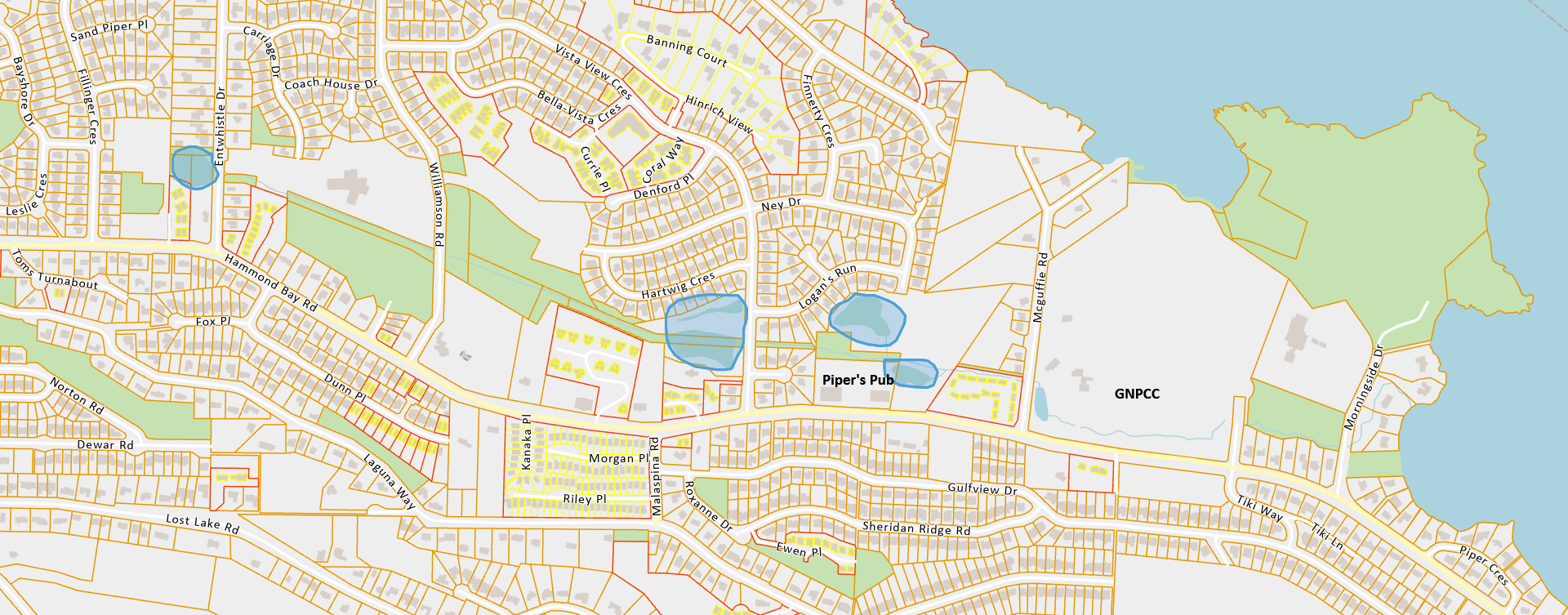


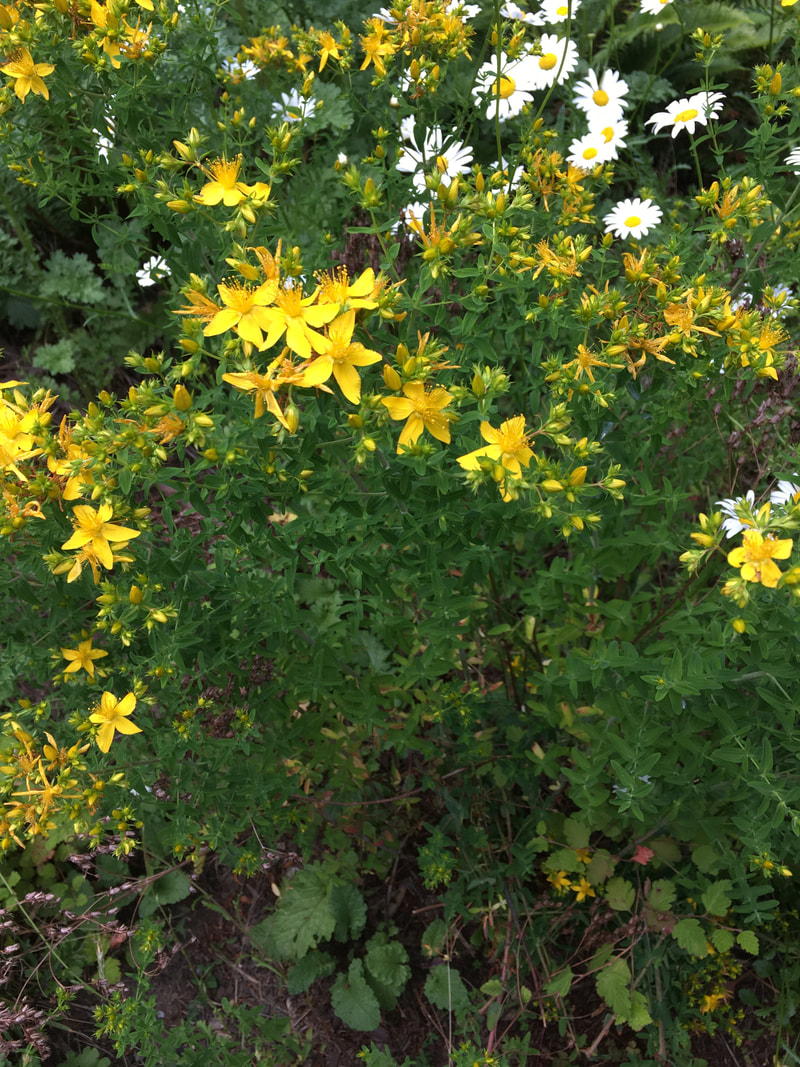
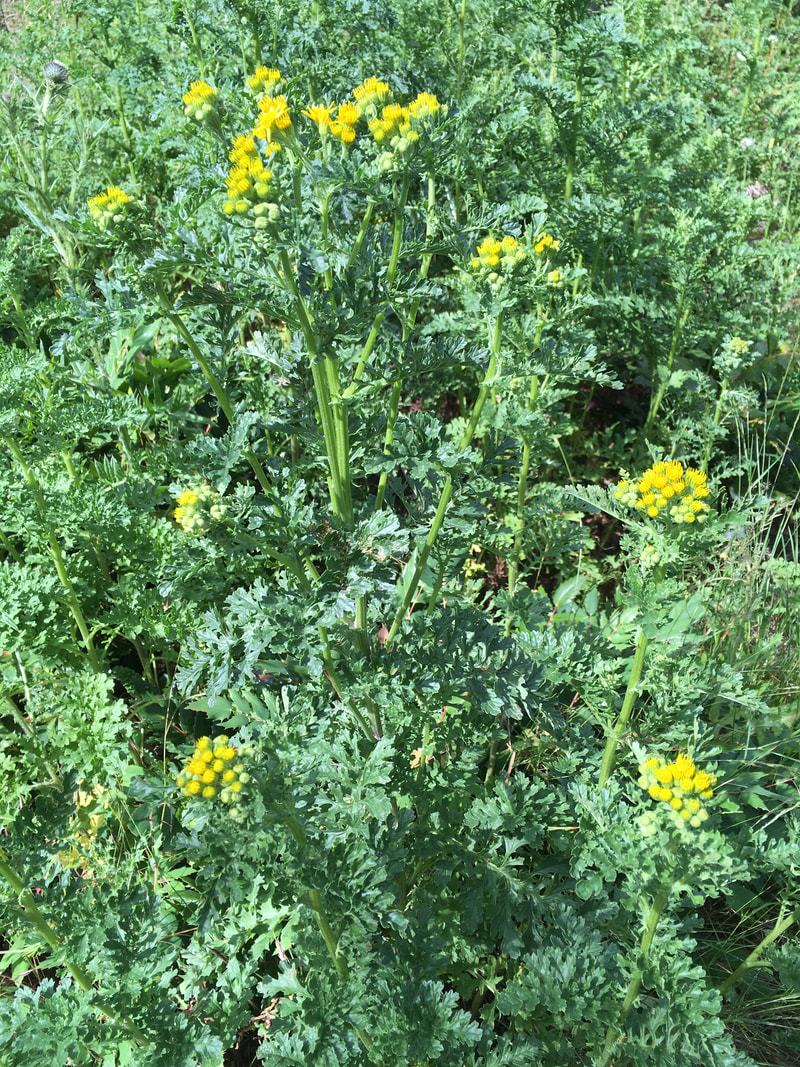


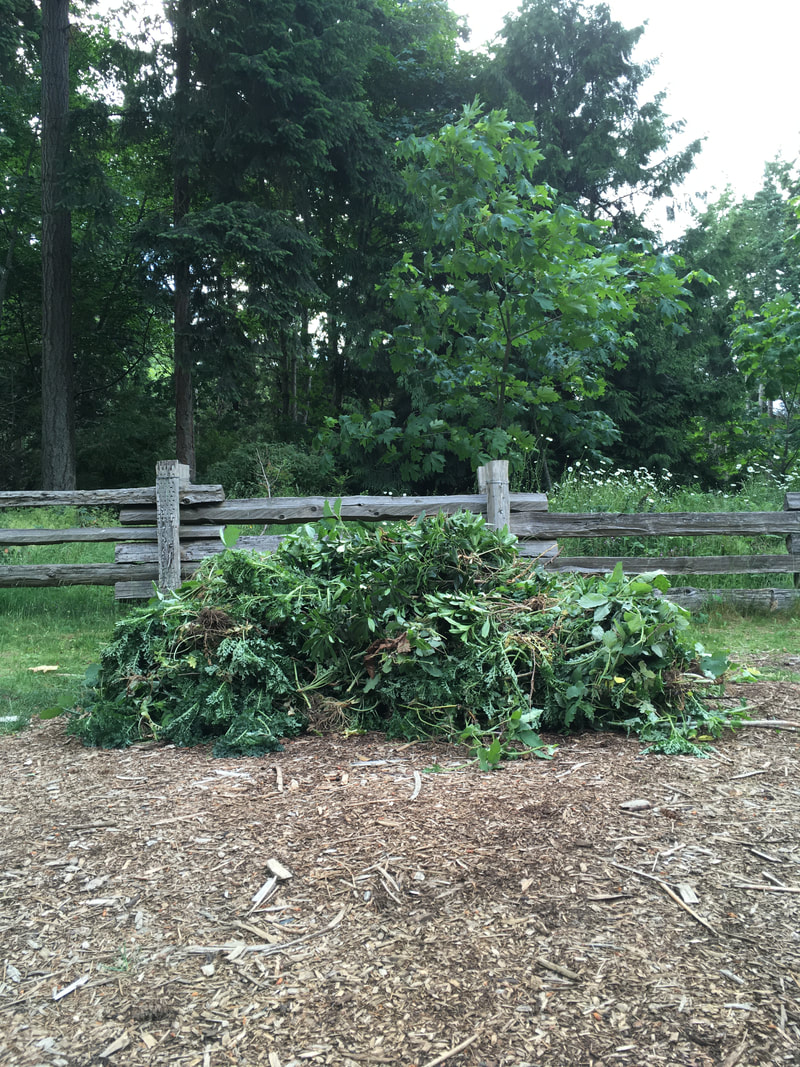
 RSS Feed
RSS Feed
